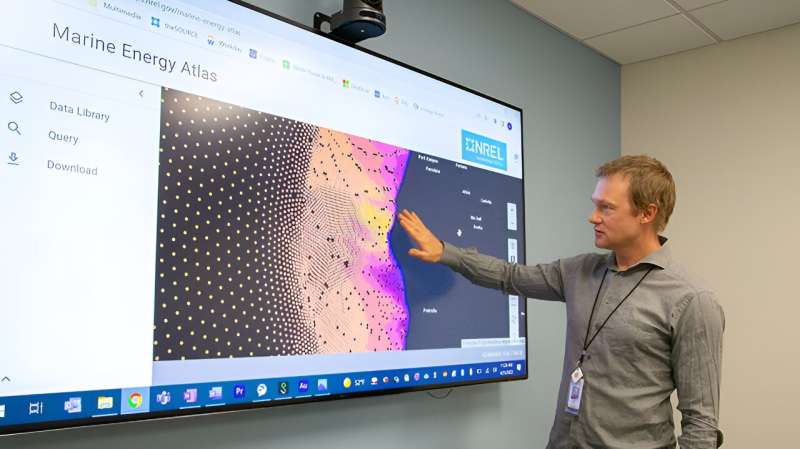A host of different traits have tried to define human beings, but at the same time, none have done a better job than our commitment to improve at a consistent pace. This willingness to get …
A host of different traits have tried to define human beings, but at the same time, none have done a better job than our commitment to improve at a consistent pace. This willingness to get better, no matter the situation, has brought the world some huge milestones, with technology emerging as quite a major member of the group. The reason why we hold technology in such a high regard is, by and large, predicated upon its skill-set, which guided us towards a reality that nobody could have ever imagined otherwise. Nevertheless, if we look beyond the surface for one hot second, it will become abundantly clear how the whole runner was also very much inspired from the way we applied those skills across a real world environment. The latter component, in fact, did a lot to give the creation a spectrum-wide presence, and as a result, initiate a full-blown tech revolution. Of course, this revolution eventually went on to scale up the human experience through some outright unique avenues, but even after achieving a feat so notable, technology will somehow continue to bring forth the right goods. The same has turned more and more evident in recent times, and assuming one new discovery ends up with the desired impact, it will only put that trend on a higher pedestal moving forward.
The researching teams at National Renewable Energy Laboratory (NREL) and Pacific Northwest National Laboratory have successfully introduced a more comprehensive and accurate methodology to measure the wave energy available across ocean sites around the world. You see, while we know oceans tend to possess a vast amount of energy, our idea regarding exactly how much energy is there in play remains vague at best. This makes it difficult for countries to factor in wave energy into their climate goals. Fortunately, the methodology we are about to dig into might just be on the verge of solving that conundrum.
“Wave energy technology is at such an early stage,” said Levi Kilcher, a senior researcher at NREL and the lead author of the study. “Because the industry is still young, it’s challenging to estimate how much energy future technologies might capture.”
Deemed as the original wave resource assessment, the stated methodology, right off the bat, did more than any of our previous efforts in regards to solving this particular problem. The claim stems from the fact that it notably accounted for wave direction, something which no other method could achieve.
When quizzed about the significance of such a feature, Kilcher responded by digging into the risk of not considering the wave direction:
“That can actually lead to double-counting waves,” he said.
To test out their concept, the researchers also reassessed current estimates of U.S. wave energy, and as soon as they did so, they discovered a big problem. The teams had based their study on an old wave energy model; a model that they figured was estimating 20% to 40% more wave energy than other recent models, thus raising concrete accuracy concerns. This is why, for the immediate future, the researchers plan on feeding their method more accurate data sets so to make it better equipped to deliver a solid theoretical estimate. The said estimate should inform countries on how much energy they generate if they could extract all the energy available in their oceans. Working with more accurate datasets will also empower researchers to estimate the technical and practical wave energy resources, basically referring to how much wave energy countries could realistically harness given constraints, including technological, economic, environmental, regulatory, and geographic limitations. Similarly, developers can bank upon a more reliable informational reality to better compare their design to others and get a clearer picture regarding the amount of energy their device might produce in real ocean waves.
“The practical resource is probably a small percentage of the theoretical resource,” said Kilcher. “But because there is so much wave energy out there, it’s still an important resource.”




